Content
At the summer cottage, an endless fight against weeds... Due to their unpretentiousness, they adapt to any conditions, survive and multiply quickly even on poor soils. There are many ways to get rid of weeds. Among them, special attention deserves the cultivation of crops that suppress the growth of weeds and at the same time improve soil fertility. The question of how to sow a garden so that weeds do not grow has an amazing answer - with green manure plants or green fertilizers.
After the green manures have gained sufficient green mass, they are mowed onto compost or mulch. There is no need to dig up the earth - the roots will gradually rot themselves, fertilizing it. Most of the green manure prefers slightly acidic and neutral soils. You need to choose what to sow a site with taking into account their characteristics.
The benefits of siderates
Siderata are gradually becoming widespread among gardeners, due to their availability and useful properties. Their advantages are obvious:
- they make it possible to almost completely eliminate the use of mineral fertilizers, since they enrich the soil with microelements;
- restore the soil after acidification with fertilizers;
- loosen, improving its structure;
- activate the soil microflora;
- possessing a phytosanitary effect, they inhibit dangerous pathogens;
- suppress the growth of weeds.
Legumes-siderates
The most unpretentious are legumes. This is the most widespread culture, including up to 18 thousand species. Among them are herbaceous plants - annuals and perennials, which grow well in temperate climates. Shrubs and trees are common in the tropics. Peas, beans, lentils and others are typical for Russia. They can withstand light frosts, and begin to emerge at three degrees of heat, which allows them to be used in almost any climatic zone. In addition to edible beans, numerous types of forage beans are used - alfalfa, clover and ornamental - sweet peas, acacia.
Beans can be planted in early spring, and in autumn they produce green mass almost until the first night frost. Thanks to the nitrogen-fixing bacteria located on the root system, the soil after them is enriched with nitrogen in a form accessible to plants. Legumes are good for trees too. The roots of plants, going deep into the soil, will become a source of nitrogen for them.
Broad beans
On marshy or clayey soils, it is recommended to plant fodder beans. They are excellent siderates due to their characteristics:
- plants have a well-developed root system, capable of draining and structuring the soil up to two meters deep;
- normalize the pH of the soil, reducing its acidity;
- convert phosphorus compounds into a form accessible to plants;
- they are cold-resistant and are not afraid of frosts up to minus eight degrees;
- beans are also rich in minerals.
Donnik
It is a large green manure plant with powerful roots that go deep into the soil. It tolerates frost and drought well, improves the soil structure of salt marshes. It can be used to combat wireworms and other pests. Melilot is usually planted at the end of summer and left for the winter, in the spring the green mass grows again, which is cut off before flowering.
Sainfoin
Perennial honey plant sainfoin stands out with unique green manure characteristics:
- it is able to germinate even on stony soils;
- thanks to strong and long roots, up to 10 meters, it perfectly drains the soil and carries nutrients from the deep layers closer to the surface;
- the plant is resistant to drought and frost.
Other members of the family
- Peas have all the properties of green manure legumes. It grows quickly, does not allow weeds to multiply. The plant prefers neutral soil, loves moisture. Peas are usually planted in late summer, and until autumn they gain sufficient green mass.
- In early spring, it is useful to sow tomato beds with vetch - an annual leguminous green manure plant, which quickly gains green mass, inhibits weeds and structures the soil. The vetch is cut 10-14 days before planting tomato seedlings.
- Lupines can be sown in abandoned areas. Siderat grows well on any soil, noticeably improves their fertility and is considered the best predecessor for garden strawberries.
- Alfalfa is an excellent perennial green manure that increases soil fertility with green mass, rich in nutrients. The plant loves moist, but not swampy, neutral soils. It is mown during the period of bud formation.
- Seradella can produce two crops of green mass in one season. This moisture-loving annual can grow in poor soils as well if it is watered. Easily tolerates frost.
Cruciferous
Plants from this family are distinguished by their unpretentiousness and vitality, and their root secretions scare away many pests and inhibit late blight pathogens.
Mustard white
An annual herb of the cruciferous family - white mustard is quite resistant to frost, it can be planted in the middle zone of the country in March. As a siderat, it has the following characteristics:
- suppresses the growth of weeds - is an effective remedy against bindweed;
- binds iron in the soil, thereby protecting plants from late blight;
- oppresses pests such as the pea moth, slugs;
- the resulting green mass turns into humus useful for plants;
- mustard gives roots up to three meters long, loosening and draining the soil;
- retains nitrogen in it;
- after the first snow, the stems and leaves fall on the ground on their own, forming mulch and protecting it from frost;
- after mustard, it is good to plant tomatoes, cucumbers, potatoes, and beans and grapes feel comfortable next to it;
- as a wonderful honey plant, it attracts bees to the garden.
Related plants
- Rape It is characterized by resistance to light frosts and a quick set of green mass - in a month it can grow up to 30 cm. With the help of long roots, it extracts mineral compounds of phosphorus and sulfur from the soil and transforms them into a form available for garden crops.
- Oil radish - the most unpretentious plant of this family and a wonderful green manure, which is not afraid of either drought or frost. Thanks to its strong root system, it perfectly adapts to a wide variety of growing conditions. Depressing effect on wheatgrass. Even with late plantings, it manages to gain significant green mass.
- Rutea - one-year-old moisture-loving green manure. Even planted in September, with abundant watering, it quickly gains in green mass.
Cereals
Cereals are excellent green manure. They effectively remove weeds and fertilize the area.
Oats
A green manure plant that grows well on acidic soils, and its roots have a phytosanitary effect against root rot.The cereal is usually sown in early spring, when the frosts recede, and the green mass is harvested before flowering. Its green sprouts are very beneficial for the body. Oats enrich the soil with potassium in a form available to plants, so tomatoes, peppers and eggplants feel good after it.
Rye
Due to its frost resistance, rye is more often used as a winter crop, sowing at the end of August or in September. It effectively suppresses both weeds and pathogenic microflora. Rye has a depressing effect on other crops, so you should not plant garden plants next to it. Usually the green mass is cut at the end of spring, before planting vegetables... It is good to plant grass in wetlands to drain them.
Barley
Possessing all the positive properties of green manure, barley is drought tolerant, which allows it to be used in arid regions. It is able to withstand frosts down to -5 degrees and quickly builds up green mass. Therefore, barley can be planted in early spring, and mowed after a month and a half.
Buckwheat
Excellent green manure properties are observed in buckwheat:
- it grows very quickly, simultaneously with the green mass, growing long roots up to one and a half meters;
- buckwheat is drought-resistant and does not take water from neighboring plants;
- it is well adapted to any soil and does not leave in them chemical compounds that inhibit the growth of other crops;
- enriches the soil with phosphorus and potassium;
- effective against perennial weeds such as wheatgrass.
Buckwheat can be used as a winter crop. It is often used to plant trunks around trees in gardens. In the spring, you need to sow it when the soil warms up enough. The green mass of buckwheat is mowed before flowering.
Phacelia
Phacelia is versatile in its green manure properties:
- it can withstand fairly low temperatures - up to minus nine degrees;
- grows even on stony soils, quickly gaining green mass;
- not afraid of drought;
- you can sow a site with it almost at any time - in summer, autumn or early spring;
- the plant has a phytosanitary effect on the nematode and various pathogens;
- after its sowing, almost all crops grow well;
- in the presence of legumes, their mutual action is enhanced.
Amaranth
It is better to plant the beds that are free after early vegetable crops with this thermophilic plant, and you can mow the green mass before flowering or before autumn frosts. It is unpretentious, takes root both on salty and acidic soils, and is not afraid of drought. Thanks to its long, two-meter roots, amaranth improves the structure of the soil and increases its fertility. The plant is resistant to disease and has phytosanitary properties.
Calendula
An irreplaceable green manure for tomatoes, as well as for joint plantings with eggplants and potatoes, is calendula. It belongs to medicinal plants that have a healing effect on the soil. It is planted by the end of August and the resulting green mass is mowed in the fall.
Conclusion
Not all plants have green manure properties, but their list includes up to 400 names. These crops can be planted on the site all summer, alternating free areas, and the cut grass can be used for composting. Siderata are successfully replacing chemistry, and today gardeners and gardeners are increasingly using these unique plants.
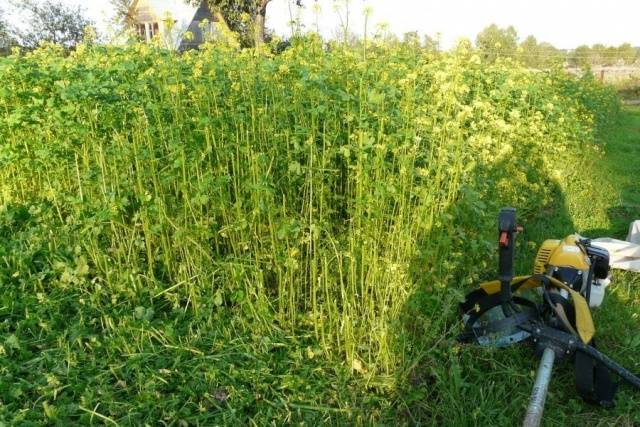

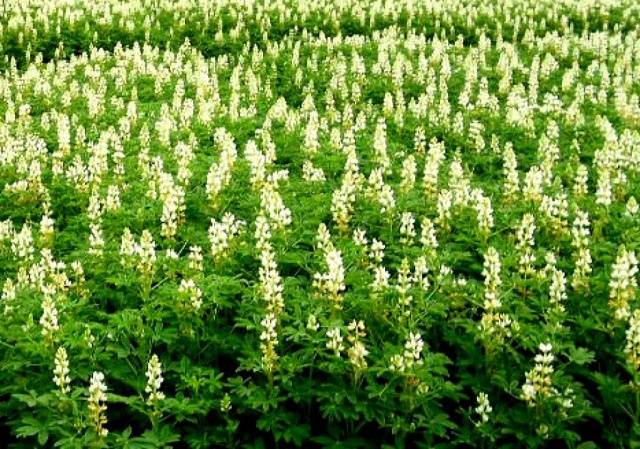
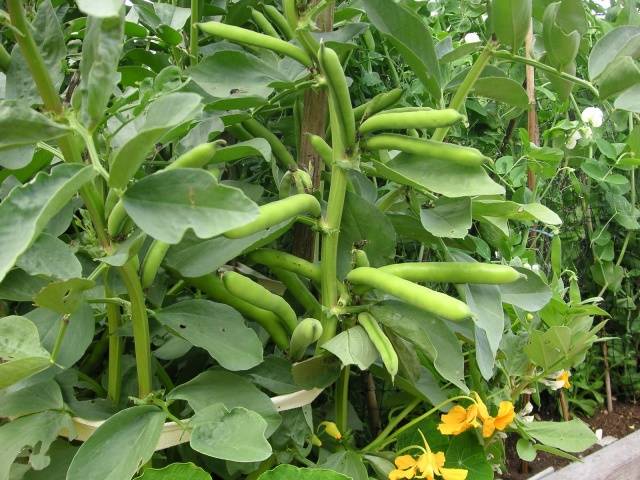
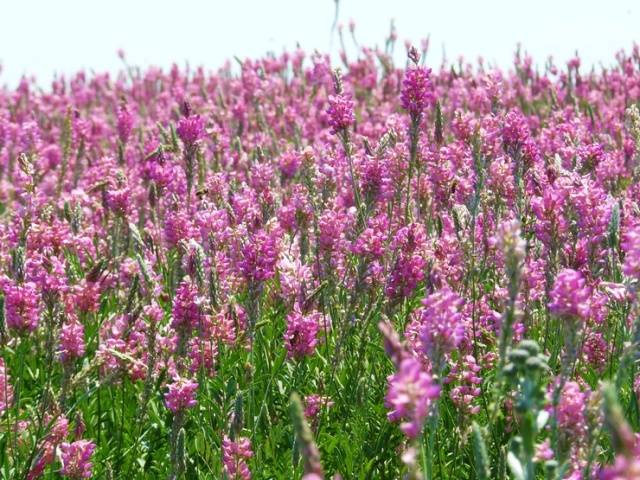
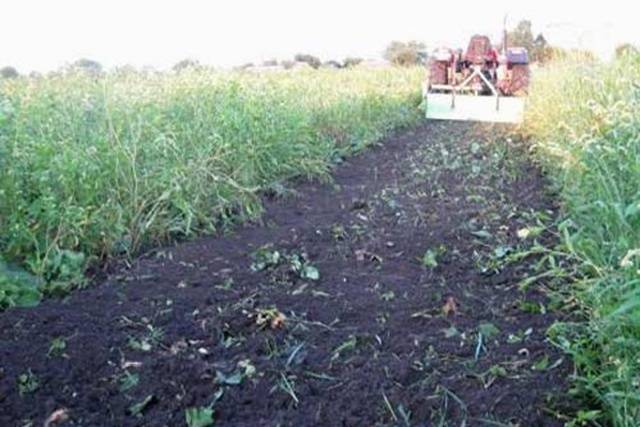
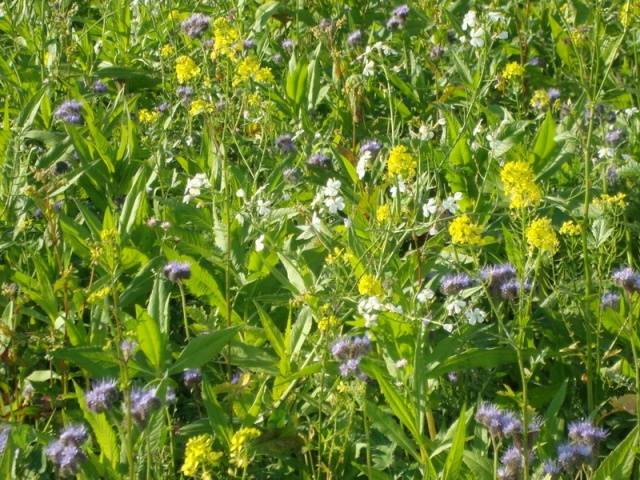


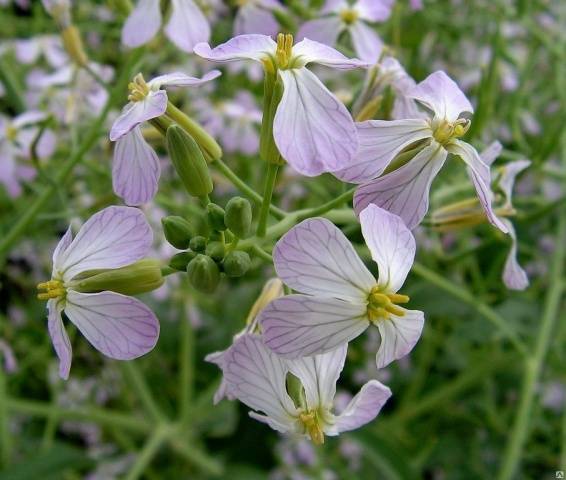
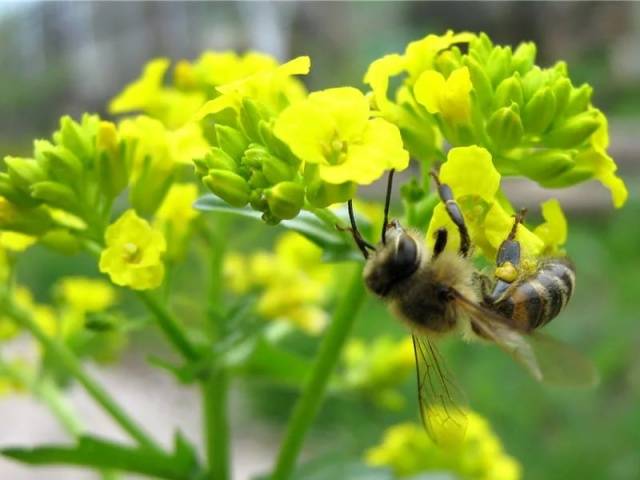

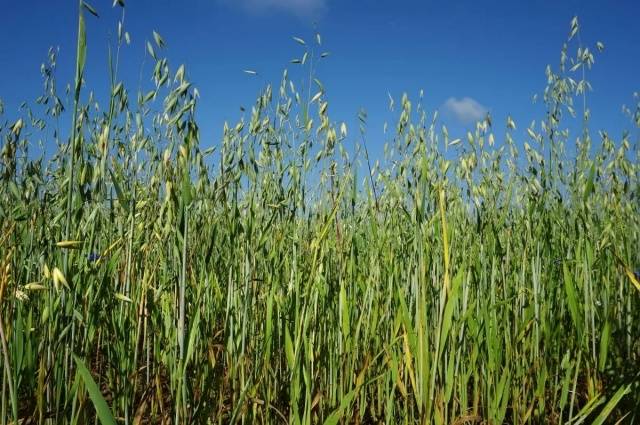
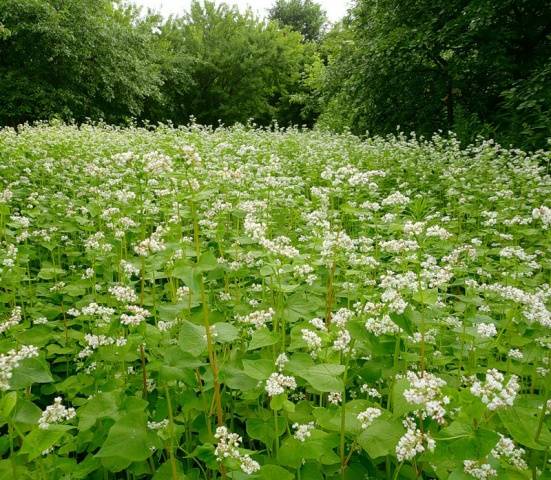
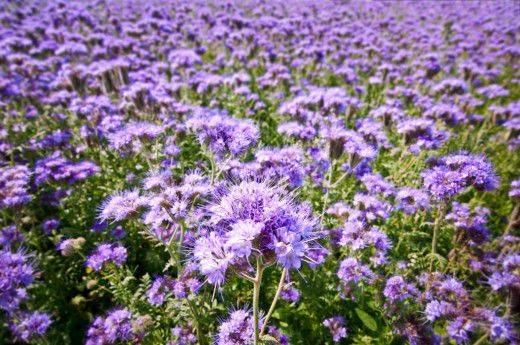
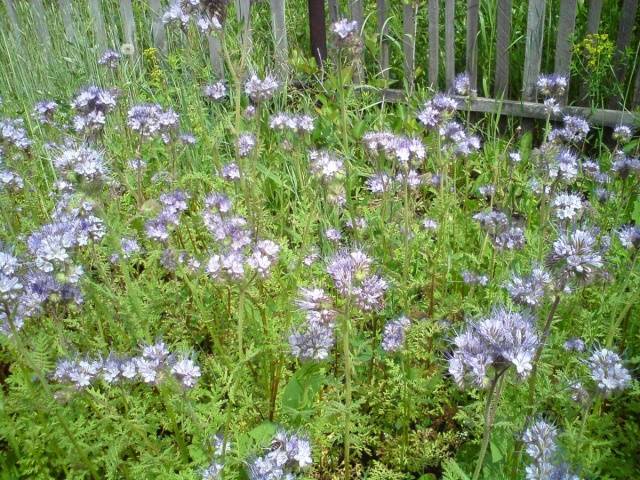
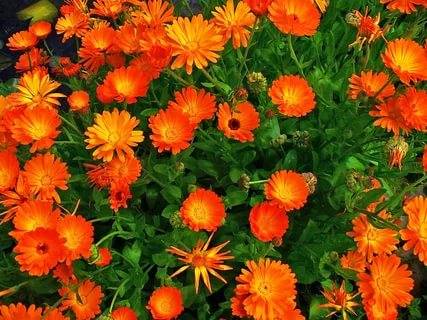
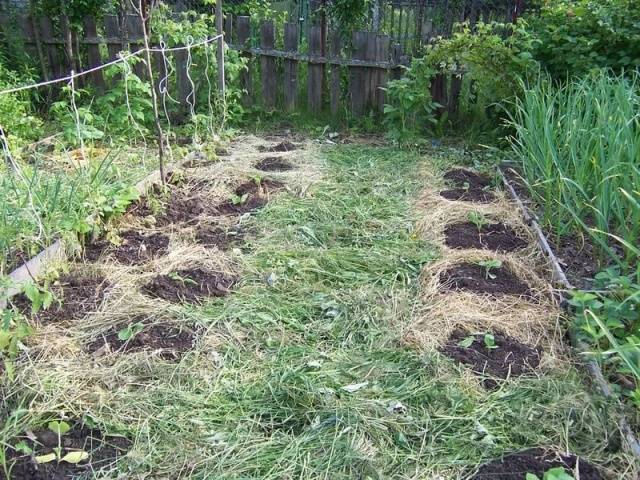

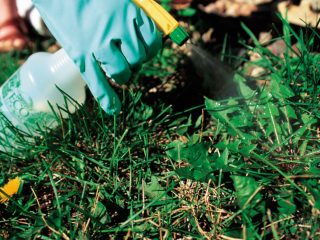

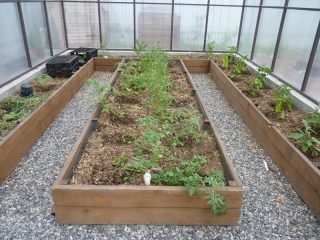
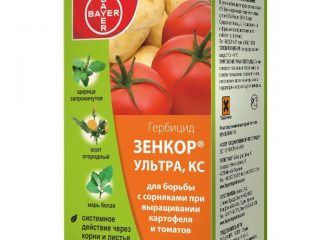
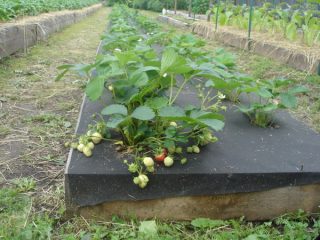



Than right now so that you do not grow to sleep. Thank you